 |
| Burgundian Statue of Saint James, as pilgrim. 15th CenturyMetropolitan Museum of Art. We saw this on our first trip to the Met after agreeing to go on the Camino. |
Walking all days reminds me
of so many things. We started our way
out of Pamploma. I do not care much for Hemingway but the Spanish anarchists and their ongoing battles, our battles,
that inspires me.
Will suggested we walk the Camino years ago. Over Christmas last year, we agreed, stumbling into a statue of St James at mom’s beloved medieval wing of the Met on our next trip.
We’d walked a few days in France, 30 kilometers through some of the trails of St Jean. So we were mostly in shape, but it was still a struggle for the gals. And we made our way of town enjoying the beauties of Pamplona on the way.
So did the Iglesia de San Surtino, the 13th century
gothic church dedicated to San Surtino, on the way out of town. The space took me back to a quiet place,
where the silences remind us of life’s beauty, felt through eyes, ears, nose, and
heart. These spaces move the
senses. I used to feel that way at Santa
Maria Novella in Florence, intrigued; they connected; they helped me feel a
part of something, and a panorama of people passing through for thousands of
years. Instead of head, this space
appeals to an interior space inside.
Walking out of town some
elders helped us find our way when we walked off track, something one does from
time to time along the trail although the Camino shells, made for St James, who
myths suggested gave water to a pilgrim in a shell, are many.
But we walked 12 k on the way
out, past a few more gothic churches, winding our way to Cizur Menor, where I
was struck by the quiet in the 1135 church, where pilgrims have gone for a
thousand years. We met a man who hiked
from Seville to Santiago last summer.
Up, up, up to Zariquegui, we marched, arriving for lunch.
 |
| learning to nap on a fence, almost there. only a few more k. |
Up, up, up to Zariquegui, we marched, arriving for lunch.
Up the hill is a monument for
a man who died along the way.
Later that night, we dined
with pilgrims. We could all talk about
where we’re from, where we live, we’re going, what’s our destination. We talked
Italy, art, politics, Spain, life, enjoying as much chilled vino tinto as they
would pour. Why the Camino? That’s a
harder question most of them conceded.
Another woman, a social
worker, talked about walking youth through the struggle against life, as an
alternative to delinquency. We all walk
for our reasons. For many, it’s a
struggle against the capitalism and chaos of the world, a way to resist
capitalism and competition, incarceration and oblivion. Walking I sometimes become aware of that
feeling, of that finality.
After dinner, we played
cards looked at the fields and quietly fell to a long hard sleep.
The next day, the girls woke
up early with the other pilgrims, grabbed a cup of coffee and we were off.
Up, up, up, we’d walk on our way to Puenta La Reina, in Navarra. One foot ahead, one foot ahead, one foot ahead, we walked upward. And we gradually made our way to Alto de Perdon, a site of an old Pilgrim Hospice and Basilica.
I had been thinking of friends past along the way. And then we got to the top, gazing at the 40 Windmills and the pilgrim monument. The wind blew in our faces as we looked forward, at the valley with the fog rolling through, the images of pilgrims among the sculpture dedicated to the pilgrims walking the way of St James, along the Camino del Santiago. Looking at the morning sky, the wind blowing, the trees, Pamplona in the distance, and everywhere else we’ve come from, a vast space opens in the mind. Freud used to call this experience of limitlessness an “ocean feeling.”
Up, up, up, we’d walk on our way to Puenta La Reina, in Navarra. One foot ahead, one foot ahead, one foot ahead, we walked upward. And we gradually made our way to Alto de Perdon, a site of an old Pilgrim Hospice and Basilica.
I had been thinking of friends past along the way. And then we got to the top, gazing at the 40 Windmills and the pilgrim monument. The wind blew in our faces as we looked forward, at the valley with the fog rolling through, the images of pilgrims among the sculpture dedicated to the pilgrims walking the way of St James, along the Camino del Santiago. Looking at the morning sky, the wind blowing, the trees, Pamplona in the distance, and everywhere else we’ve come from, a vast space opens in the mind. Freud used to call this experience of limitlessness an “ocean feeling.”
As everywhere on the Camino,
people have placed rocks for last friends family members, lovers, etc.
The night before we met one
cyclist who’d lost his wife ten years ago and had to bring up three kids on his
own. The man besides us lost his wife
this year to cancer. Here’s beer on the
sidewalk to all of them. They all place
stones at Camino markers, in an homage to the departed. So did we, placing stones for Caroline’s mom,
my father, Uncle Tom and others of the departed.
 |
| Along the path, you see graffiti everywhere along the trail. |
“Que valliente,” others
comment about our young hiking companions, walking along with us. I’m amazed by their resilience. We
read poems, talk, play cards. They
discuss the plans for their rooms for hours, sucking on chupachups lolly pops,
taking breaks to snack on trail mix.
Puenta La Reina is the best
city yet, with wonderful paella and vino tinto, cheap Spanish wine, and a
majestic bridge. We read poems and wander
all afternoon before an early dinner.
On the way from Puenta La
Reinna to Lorca, we walk along roman walls.
“My bags are as light as a
feather,” number two explains.
“Then you must not have
carried any feathers lately,” Caroline chimes in.
The walk to Lorca was full of quiet vistas and some lovely little moments.
The walk to Lorca was full of quiet vistas and some lovely little moments.
 |
| View of Cirauqui. This small village was the sort of place i was looking forward to visiting along the trail. |
 |
| While getting our pilgrim passports stamped, we were invited to play teh church organ. |
 |
| Resting our tired feat just outside of Lorca. The way offers countless surprises and quiet rewards. |
We have another peaceful night in Lorca, talking with other pilgrims from Italy, Spain, and Germany,
playing outside, and strolling throughout the town. I had booked a room in Lorca in Southern Spain, but we found a new albergue as soon as we got to town, enjoying a quiet pilgrim group meal with everyone along the way.
The electronics barely work
along the road. We probably should not
have brought them. Next time, we’ll travel with much less, we promise
ourselves. We don’t really need them
here anyways. All, we really need here
is the way off to another albergue, with food and a place to sleep. The road can remind us of the need for
balance between work and life, spiritual living and being and the needs of the
modern world. Sometimes, its good just
to walk one food ahead. Sometimes that’s
all we need. Walking reminds us not to
let the pain of one part of the body get in the way. It is just one part of the body.
There are so may lovely
people we meet along the way, hiking, eating, hanging out. We all always have the Camino, if we’re in a
jam or lonely. It’s a place to eat, walk and share life together. The road reminds me, we always have the
Camino.
We read Robert Frost’s “the
Road Less Traveled” throughout in the hike.
Frost implies that we choose that road.
But sometimes it chooses us.
Walking out of Lorca, we were a little sad that our hike was going to be
short to Estella, a little less than ten Kilometers.
We stop at a fountain on the
way out of town.
“For a thousand year pilgrims have washed their tired feet in this fountain… “ noted Caroline on Fb.
 |
| Caroline Shepard |
“For a thousand year pilgrims have washed their tired feet in this fountain… “ noted Caroline on Fb.
Walking through fields, we
read Walt Whitman. And thoughts meander
to questions about our remains and our life.
Just as I think of dad now as I look at the trees stretching in the
distance, Wihtman reminds us:
“I bequeath myself to the
dirt to grow from the grass I love
Stopping for a snack and
water on our way to Villatuerta, we admire the Iglasia La Asuncion. Walking out, we take a left instead of
walking up past the church. Camino signs
in both places. Without seeing the
second set of signs, we wander into a 19 k alternative route… wandering through
fields, over streams, through the city to Irache monastery and winery, where a
fountain which pours wine for pilgrims.
We all saw we could and would make it through these detours, always,
even if the mood sours, we can make it.
The day was better because of it, really better. But we were a little tired, just a little. The road less traveled offers so much more to
see. It shows us how to handle the unknown and become friends with that uncomfortable
feeling, the pilgrim along the road who starts off as a stranger.
Without a sign in sight, we wandered through the detour, navigating from ruins.
The lst feeling n the roads like a stranger, worth embracing.
 |
| Yes, it is possible to get lost on the Camino. |
The lst feeling n the roads like a stranger, worth embracing.
“Be not inhospitable to
strangers less they be angels in disguise,” read a sign in Shakespeare and Company
bookstore in Paris.
Robert Frost suggests we
choose the road less traveled. But
sometimes it chooses us. It really does.
And that was the case of our detour to Ermita de San Miguel.
Walking out of Villatuerta,
it seemed to grab us, as we unwittingly meandered further and further from the
path, pulling us up through the hills, the vineyards, the mountains and a magic
fountain. We would have never seen any
of that if we’d taken the more traveled road up to Lorca, Caroline reflected
explained.
 |
| "siamo forte" we told ourselves over and over again along the trail. |
“Hola Pilgrim!!!” a Canadian
friend from Lorca greeted as we walked from the vineyard. We exchanged stories about where our days
have taken us. “We’re going really
slowly,” he confessed. And he pointed us
toward Estella, which he warned was three K or so more to walk. The full sun was blazing and we already had
over 20 k under us. It would be a long
ending to the blur of the day.
Arriving in Estella, it
seemed all Spain was sleeping. A soap
opera straight out of an Almovedar movie was playing.
But gradually, we got to our hotel, where we played in the stream outside the room and enjoyed the day in our loopy little Spanish hotel, decorated with art along the river.
But gradually, we got to our hotel, where we played in the stream outside the room and enjoyed the day in our loopy little Spanish hotel, decorated with art along the river.
Walking out of town, it took
us a bit to find the Camino signs. We
stumbled into the Recoletas
Convent, a 17th century convent still in operation.
We meandered past the Plaza
de la Fueros, the town’s main meeting space. We strolled along the Mayor Zapateria running
into a few pilgrims on their way out of town from the Rua San Nicolas and the
Camino de Logrono. But Logrono was days
from now.
We’d have to make our way another ten k to Villamayor de Monjardin, on a day that would turn out to be one of our most meaningful on the Camino, with all the pain of living and walking accompanying the angst of long hours, fatigue, tired bones, and questions about what we were doing.
We’d have to make our way another ten k to Villamayor de Monjardin, on a day that would turn out to be one of our most meaningful on the Camino, with all the pain of living and walking accompanying the angst of long hours, fatigue, tired bones, and questions about what we were doing.
“The Camino is a space to
contemplate urban sprawl,” moaned Caroline walking up through this suburban
stretch of pavement on our way of Estella.
Within the mix of ruins from Spain’s many pasts dating back to the
Romans, Visigoths, Moors, the wars, and troubles, lay a modern city stretching
out of the historic center, through its ethnic corridors and neighborhoods,
dating back to the 11th Century. This was enough to keep me
engaged. But my attitude was not enough
to keep everyone else moving.
By the time, we got to the
Irache Monastery and winery, I was glad to be back on the trail out into
country again. The others were having a
harder time.
 |
| We would be sure the signs for Villamayor de Monjardin |
“I’ve lived eight long years
and now I’m ready to die,” noted number two, feeling her aching feet under
her. None of the girls were feeling it,
as we walked.
Tired and
despairing, an elder man walked up to us on the road chiming in, “Buen Camino”
offering us peaches and directions up
the winding road to the city awaiting us beyond the hills ahead. The peach was delicious, lifting our spirits,
reminding us the Camino would and could open things up for us if we were open
to it. The spirit of generativity and
comradery is hard to contain. People all
greet each other, saying hello and wishing each other well. We see elders reliving their lives and young
people finding something real of a moment in time. There are folks fighting with weight walking
dozens and dozens of k a day. And folks
battling depressing taking the next step forward. The Camino seems to grab us in our lives,
pointing us in some direction, offering inauspicious direction along the way.
The girls and I struggled through the
pain we felt with every step we took. Again, we took the road less travelled
and look who we met along the way....
Walking and thinking about
oblivion, Caroline interrupted me.
“Ben
sheep!!!!” she screamed, with a laugh and a smile.
“There are puff balls,” noted number one, gesturing at a heard of
sheep. I thought I was having a Lord of
“New
experience,” of the cyclists chimed in as he rode his bike, parting the sea of
sheep, who would occasionally stop to look at me and then go back to following
the herd.
“If we’d
walked along the path more traveled,” we would have missed that noted Caroline.
We
smiled recognizing that things are often darkest before the dawn. The girls were now smiling and laughing. There were no ogres or dark riders lurking
along our hike, just a warm afternoon trail through the woods.
“It
takes sometimes eight k to get my walking legs.
Then I can walk and walk,” noted C, pointing out that the road reminds
us not to let one bit of pain dominate our whole selves. Its just one part of ourselves. No need to let us dominate our mood. Walking
through pain is one of the great pleasures of the Camino.
In
Aquieza, we sat for a coffee and ice
cream. An Italian man sat down with a
beer and we all chatted.
“Perche
Camino?” I asked, referring to big question for everyone along the trail. Why are they walking?
“The
sensation of living on 30 euro a day is sensational,” explained our friend from
Rome. “It is amazing.”
The
Camino leaves us to face all our challenges- my computer internet connection
down, Caroline’s camera battery out of charge.
Without our usual comforts, we find other things. In this case, it would be an albergue on a hill with a church tower and hills in
the distance.
We all
find different ways of enjoying the sensation of the Camino. It would be a long hike up through windy
hills to get to Villamayor de Monjardin.
Walking up, I stared at the image of the castle above this town
overlooking a countryside.
I
paused in the Fuente de los Moros, a gothic fountain associated with the Moore
just outside of this little town, which looked like a scene from Herman Hesse’s
Narziss and Goldmund. I thought about what life would be like us I had chosen
the monastic life, taken a different turn away from the city to live another
life of the mind and spirit as the protagonist does in this novel.
Throughput the story, the two lives we live
compliment each other, along the road.
“We
are sun and moon, dear friend;” writes Hesse.
“… we are sea and land. It is not our purpose to become each other; it
is to recognize each other, to learn to see the other and honor him for what he
is: each the other's opposite and complement.”
Dutch and American volunteers
greet us outside the abbey, offering us a place to stay and a beer.
Dinners is at 6:30 and
meditation is at 8:30, they explain. The
elder man is from a Dutch religious group, the younger American a seminary
student. Another volunteer plays her
violin through the afternoon.
We played cards enjoying the
small town and plaza overlooking the Romanesque Iglesia de San Andres. I walked in and took a look at the quiet
space, lit by natural light.
When I come back to the room,
I meet the German pilgrim who is rooming with us. Caroline chatted with her all afternoon
before a lovely pilgrim meal.
Over dinner, we shared
stories about cancer and survival and what brought us all there. The Dutch volunteer had been a doctor in a
small town, between 600 births and countless losses, including his own daughter
to cancer, he started thinking about what it meant to have a peaceful departure
from this world. He argued spirituality
helped those he worked with and watched die.
But what about the wounds of religion, of the organized religion? I
asked.
“My parents were skeptics,”
he explained. They used to comment on
the town priest. Hes lovely on Sunday
but what about Monday through Saturday when he treats everyone like dirt?
Number two and I excused ourselves
and skipped outside to play as the sun descended, the moon rising.
We all walked by the church
again.
And I joined a few of the others for a quiet
meditation. Its never easy just sitting.
Its actually hard work. At first the images of friends, of people
lost before their time, they flow across my mind, then its everything as the
music plays and we all get together, sitting together.
Back in our room, the girls are enjoying the
sunset. Number two goes outside to
meditate, singing as the sun starts to fade.o
Caroline posted the following
note.
Today was such an interesting day on
the Camino. Ben walked ahead scribbling his notes while the three of us females
took turns breaking down. We were in so much pain for the first 4k. Scarlett
said "I've lived eight good years. I've seen a
lot. I'm ready to die now." And she meant it! Just then an old
man...70...came out of nowhere speaking Spanish with two ripe peaches and
insisted the girls have them. He pointed to where we were heading, wished us a
'Buen Camino" and was off. The girls ate the peaches and were revived and
completely forgot the misery of moments before. We then passed through the most
beautiful countryside, and came upon a large flock of sheep. That completely
turned our spirits as we a laughed for at least a half kilometer further. We
then continued through a magical countryside until we came upon an ancient
fountain where pilgrims washed. It was too gross for us but we all felt that we
were apart of something...both painful and wonderful. The town where we are
staying sits at the base of an old castle. There is very little here, but it is
spectacular. I marvel at all the lone female travelers along the Camino. One
shares our room tonight in what I think is some sort of monistary. Someone is
playing a violin right now. What a wild journey. I love the Camino...and
sometimes, I hate it too!
Off to Lorca for a twelve k
walk, with the moon setting and the sun rising once more. I had had odd dreams the night before – my
grandparents on hand at a party, remote strangers I talked with along with my
dad. Hadn’t been thinking about dad too
much along the trip. Walking through the
fields, we stumbled upon a juice joint and enjoyed an orange juice. Drinking it, empire state of mind came on the
radio. Jay Z rapping about New York and
the Brooklyn Bridge I suddenly felt a strange tint of home sickness in the
least, a very warm feeling of knowing I had a home, even if grandmom and dad,
we well as dad were gone. Walking
forward for a bit the idea of home continued to linger, a home we could not
visit. Brooklyn awaited us in a few
weeks. But the feeling of actually
seeing dad for a football game and a welcome home as Dad has done every fall
for the last quarter century or so since I left Texas, that home was more
elusive. The ways we lose a parent, a
friend, a welcome home, those departures are far more permanent and
jarring. Part of the Camino is letting
go and finding new stories. But letting
go of this one would be difficult.
Letting go of Dad’s story would be difficult. Letting go of the habit of visiting Dad in
the autumn or calling to tell him about a trip, this trip would be
difficult. Walking and crying, this is
just what the Camino is about explained our German friend the night
before. She’d agonized crossing the Pyrenees. We all suffer and experience pain in our own
ways along the way. Martin Sheen brings the ashes of his son, who died along
the Camino, as he walks along the way. I
was carrying Dad’s memory, imagining him walking with me, and certainly he’s
here. But its never quite the same. Its never quite as easy as a john donne
poem.
Siamo Forte, Caroline
reminded me as we walked, making our way to Lorca. We are strong. Siamo forte.
This was perhaps the most remote feeling town
we visited, looking like a Mexican village, with a festival for the
animals. We just about left town. But a beer in front of the town square and
the hot sun persuaded us to stay, to hang out, enjoy paella, and a quiet siesta
in our 1960’s like hotel just out of town at Hostal Ezequiel on La Serna.
The hotel was like a scene
from Hotel Grand Budapest, its best days behind it, mostly empty, with a decor
of old tourist postures and furniture, which looked like my grandmother’s
bedroom. But it also reminded me of the shining, a very empty place. But we started to love it.
Number two danced on the
roof. And the punk kids across the
street dragged chairs from along the street to make up an improve community
space on the sidewalk, with a couch, chairs, bikes coming to and from, and
music. Hola they greeted each
other.
Caroline and I enjoyed a
siesta recalling all the places we’d already beer on this trip when we
awoke. The flock of birds in the back of
the house in Bordeaux, a glass of wine with grandmom, a sunset eclaire on the Seine,
getting lost and enjoying the view on the road less traveled to Estella, the
first pilgrim meal with the Italians in Zaraquiegi, the dessert, the paella in
Puenta la Reinna.
For dinner we enjoyed another
meal in the square. Number two and I
danced the tango and we all dreamed about where our lives might take us, how
crazy the us has gotten and running away to live in Rome, where we would drink
wine and dance in the square every night.
The sunset was striking. And t think we just abut left at lunch. S many f the treasures of the Camino come out in the shadows f the long aftern
“When I die – will you cry?”
number two sang, pathos pulsing through her veins.
We said good night to the
kids in the punk space across the street.
They kept the music playing into the night.
Their parents woke us the
next day with mariachi tunes and songs at 7:20 am.
 |
| "This town is crazy" waking to the sound of mariachi bands. |
“When I hit this road, I
think I could walk it forever,” Caroline confessed on the way to Torres Del
Rio. Los Arcos was like a dream, with a
Penelope cruz like waitress, a music festival, and a stay in a 1960’s hotel out
of time, as if from a Marquez novel.
The wow of it all, walking
and letting go and walking and finding.
We read some Walt Whitman
“When I heard the astronomer
where he lecture with much applause in the lecture room
How soon unaccountable I became tired and sick,
Tilll rising and gliding out
I’d wander by myself
In the mystical moist night
–air, and from time to time
Lookd up in perfect silence
at the stars
Stones are piled on most
every sign post along the camino, piles of them, on every marker.
A story of a friendship on
every marker, a loss, a cousin, a son, or mother on every sign.
It feels timeless, looking
out into the distance of the fields on the way to Sansol and then Torres Del
Rio, where we hang out and eat and decide to blow off the itinerary and keep on
walking another dozen k, up, up and up to Viana.
It was our longest walk. Number two and I made plans for Halloween
costumes, while number one and I talked about reorganizing my work bag,
planning and walking, strolling through time together. A lot of the time, they walk behind us,
talking about remodeling their rooms.
Viana is a lovely
village.
Beer and sweets on our
victorious arrival after twenty k.
The sun shines long into the night after our lovely pilgrim meal and vino tinto. We decide to keep the bottle as a souvenir from our journey. Walking after dinner, we see a middle aged women we'd seen suffering n the hike smile at the sunset. She made it.
The next morning will probably be our final stretch from Viana to Logrono. The sunrise from our room was hard to forget.
Our stroll through Logono for
our final stroll is bitter sweet.
Caroline and I want to walk further. But its hard on the kids. Plus Madrid and Barcelona beckon. This is
no Bataan
death march, although we contemplated those who walked further than us,
suffering more. An elder we saw on the
way to Torres Del Rio sitting on the way, she seems to be just arriving,
reveling in the beauty of the church and the view of the city as we depart.
We get stamps and wash our
feet in Logrono. I love the
streets. What a city, I lament as we
walk our final steps on the way up to the Cathedral Santa Maria, where we enjoy
a light lunch and a glass of wine. Robin
Williams gave up the night before, succumbing to despair. Maybe he should have walked the Camino we
wonder. Why can’t those who suffer just
step one step further? Is it possible to
just beyond ourselves. He’ with us along
the way. From 1980 when I saw mork and
mindy, Popye and then World According to Garp in 1982, he’d been with us,
through silly terrible movies, fun movies the birdcage, dead poet society which
so reminded dad of his childhood to goodwill hunting and more and more. We grow up watching these people through
the years. We mark our lives with the movies, at least
its where my consciousness starts. 1980
going to the movies. Being who I am till
now, finishing the Camino on a train to Madrid for another adventure, another
story in time.
Somehow the Camino reminds me
to take my life and story and the steps of my story seriously, find a way to
let go of the internet and work, enjoy the silences, walk more, feel more, see
more, meditate more into the silences, the beauty.
The way is always there for
us to walk when we need it.
It reminds us, there is
always a time to talk, along the way, connecting the stories and steps of our
lives with the Camino de Santiago.
As TS Elliot reminds us in
the Love Song of J Alfred Prufrock
And indeed there will be time
For the yellow smoke that
slides along the street,
Rubbing its back upon the window-panes;
There will be time, there
will be time
To prepare a face to meet the
faces that you meet;
There will be time to murder and
create,
And time for all the hands
That lift and drop a question on your plate;
Time for you and time for me,
And time yet for a hundred
indecisions,
And for a hundred visions and
revisions,
Before taking toast and tea.
Thank you TS, Walt, robin,
number one, two, brother will who planted the seed, Caroline who agreed.
And Walt who reminds us that it’s
up to us to share these stories with our lives blurring through the lives of
others, along a cavalcade of history.
I celebrate myself and sing
myself
And What I assume, you shall
assume
For every atom belonging to
me as good belongs to you.
I I loafe and invite my soul
I lean and loafe at my ease
observing a spear of summer grass.
Along the Camino between
Brooklyn, I cherish the already distant memory of the space between Madrid and
oblivion, the silences of the distance and the way.










































































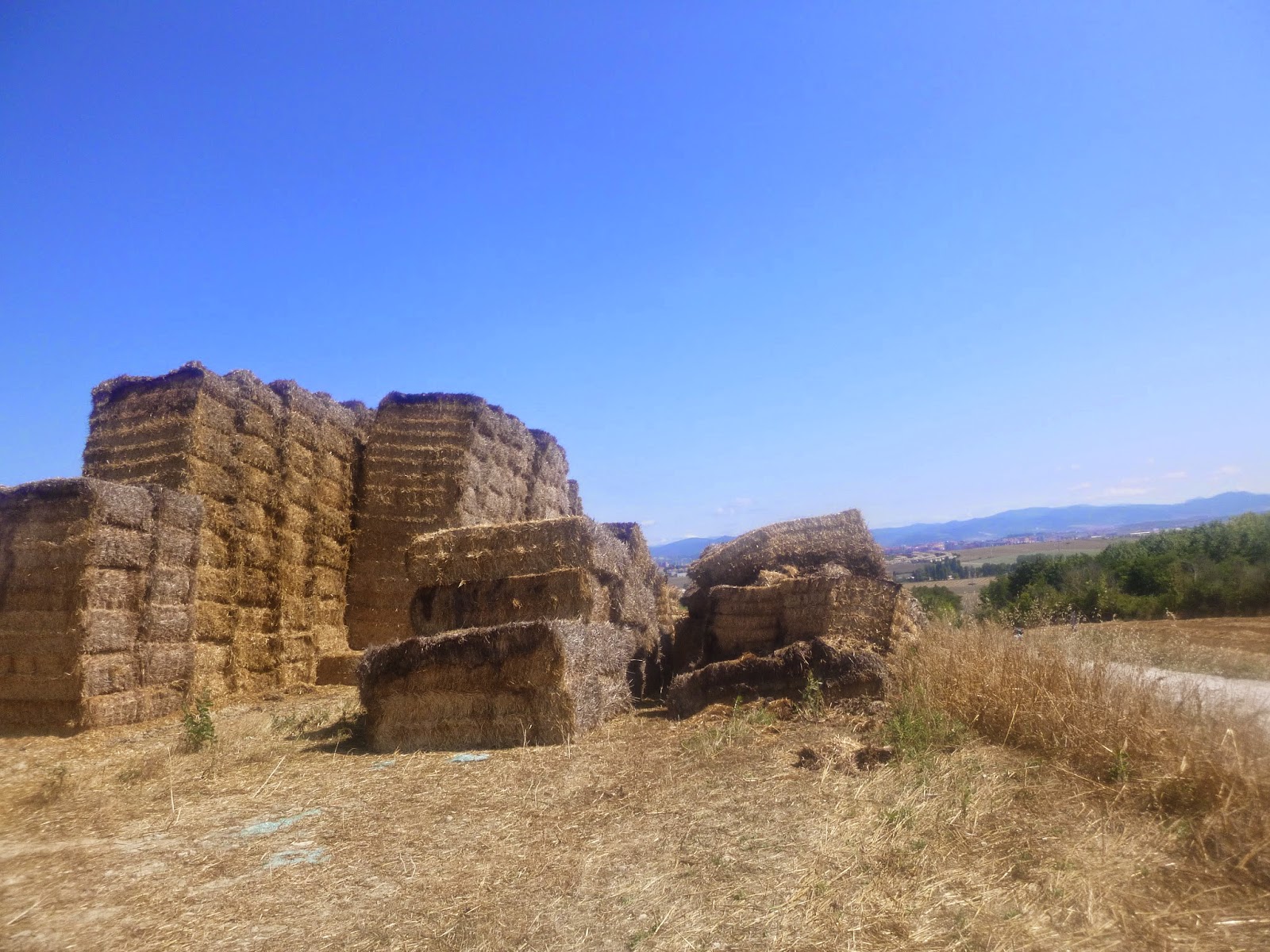






















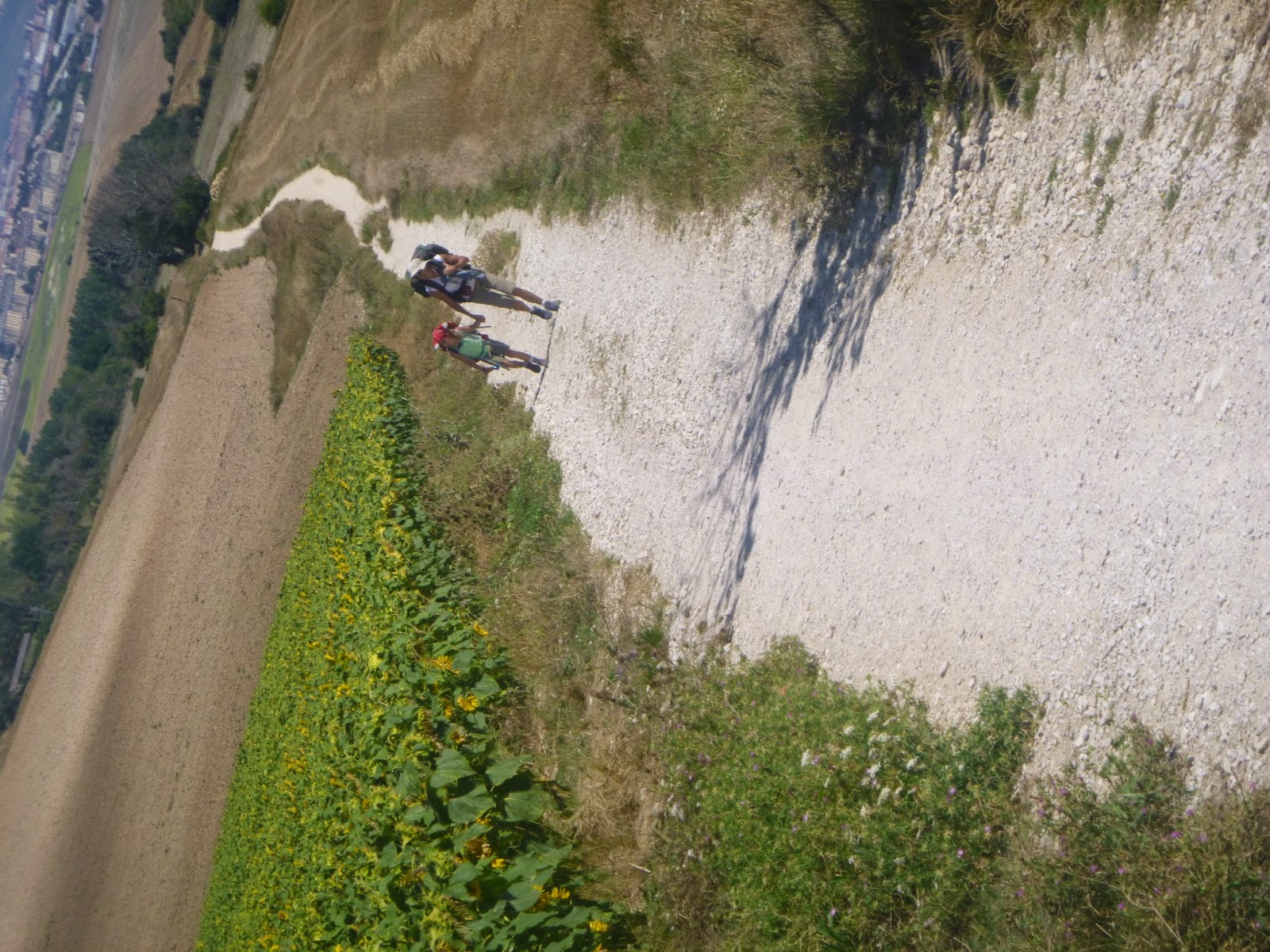























































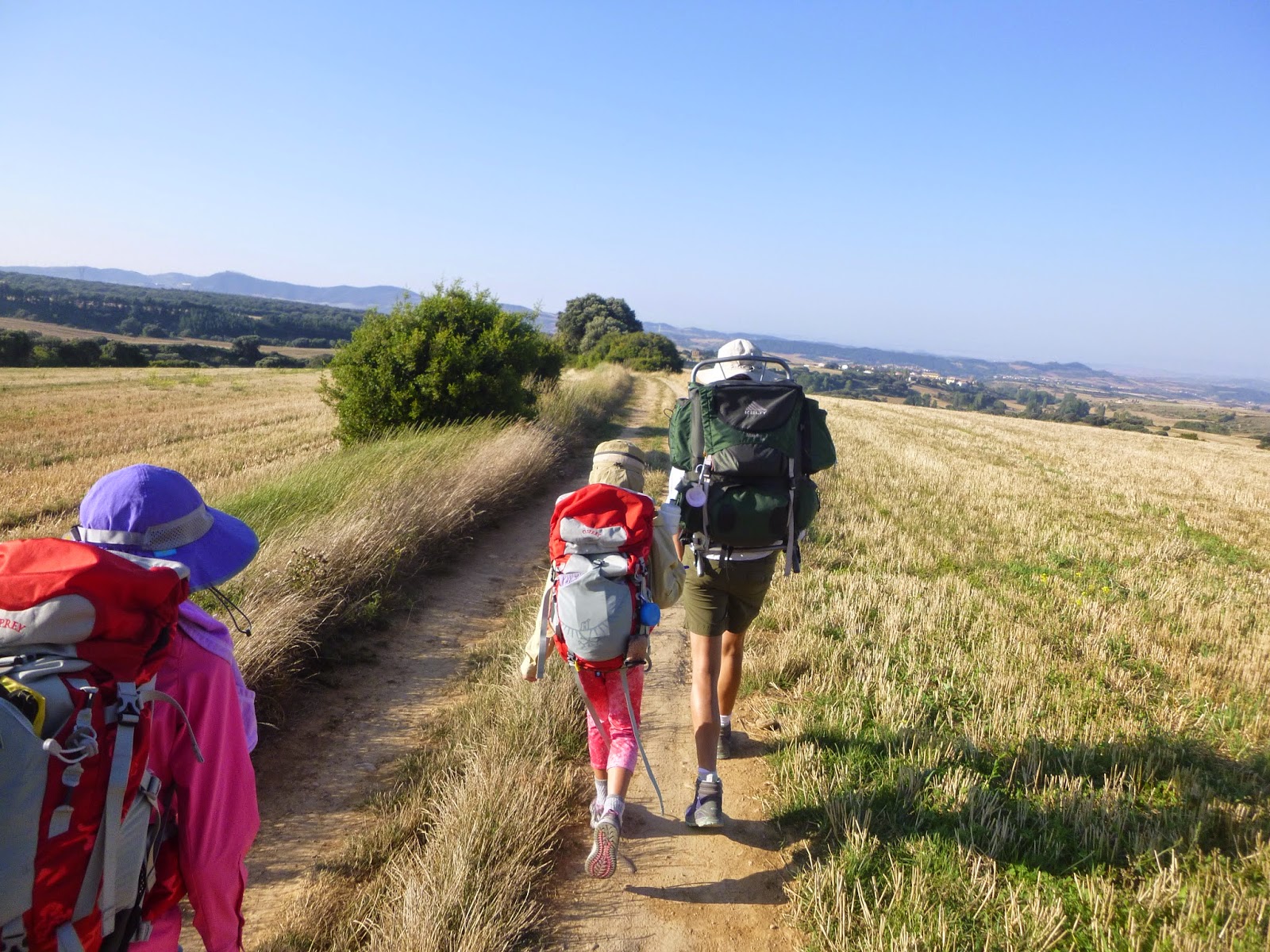


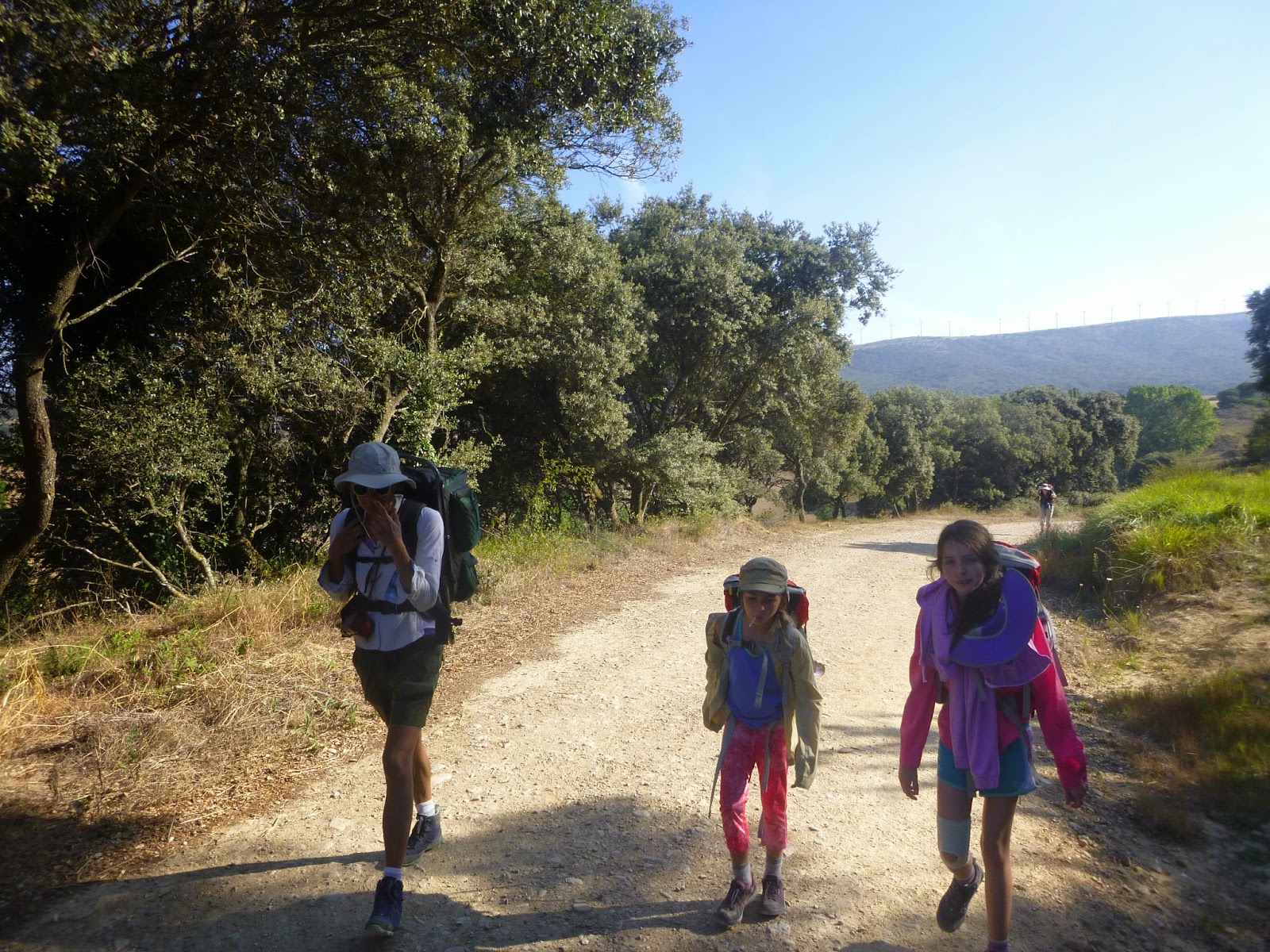





























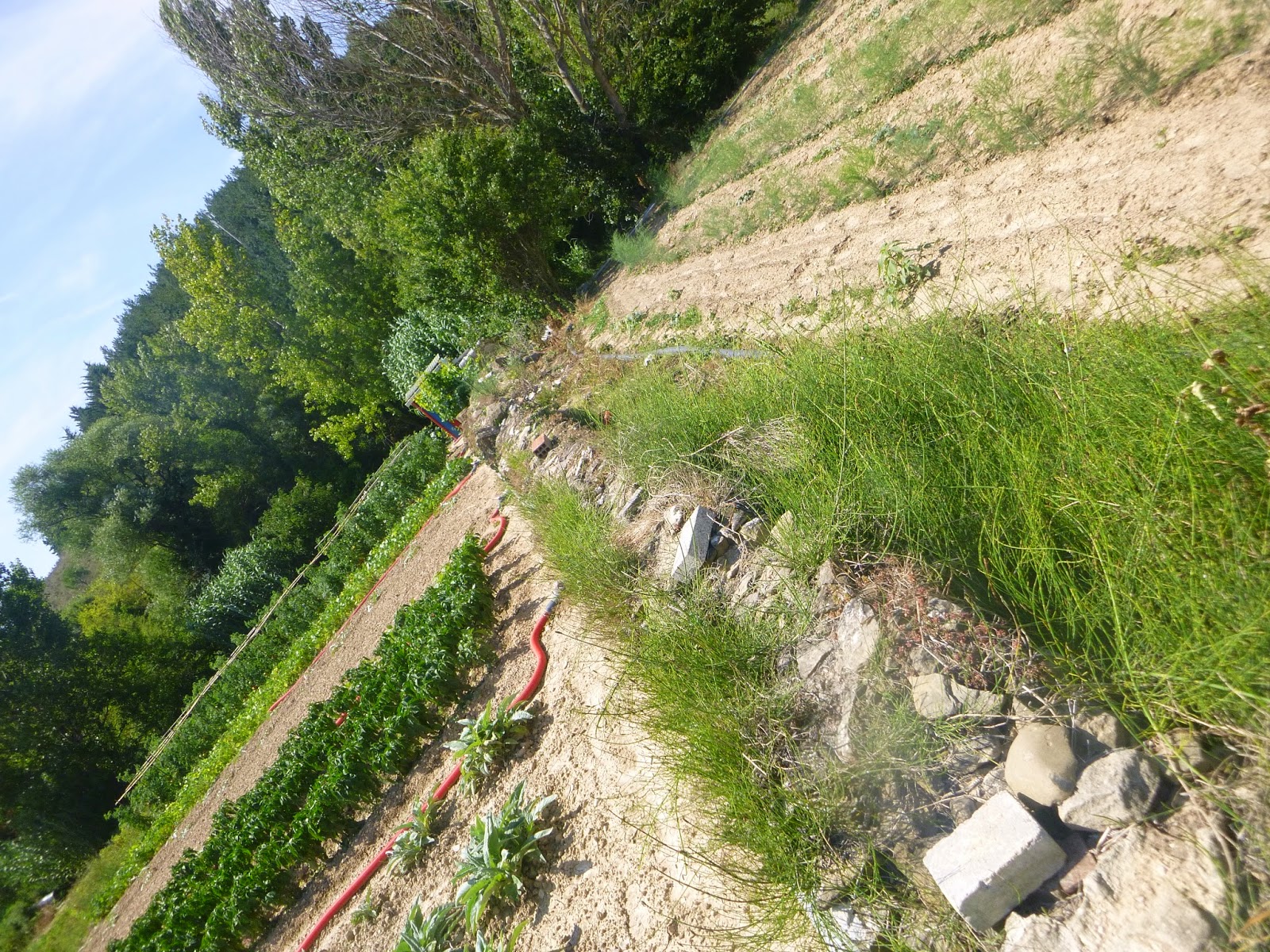











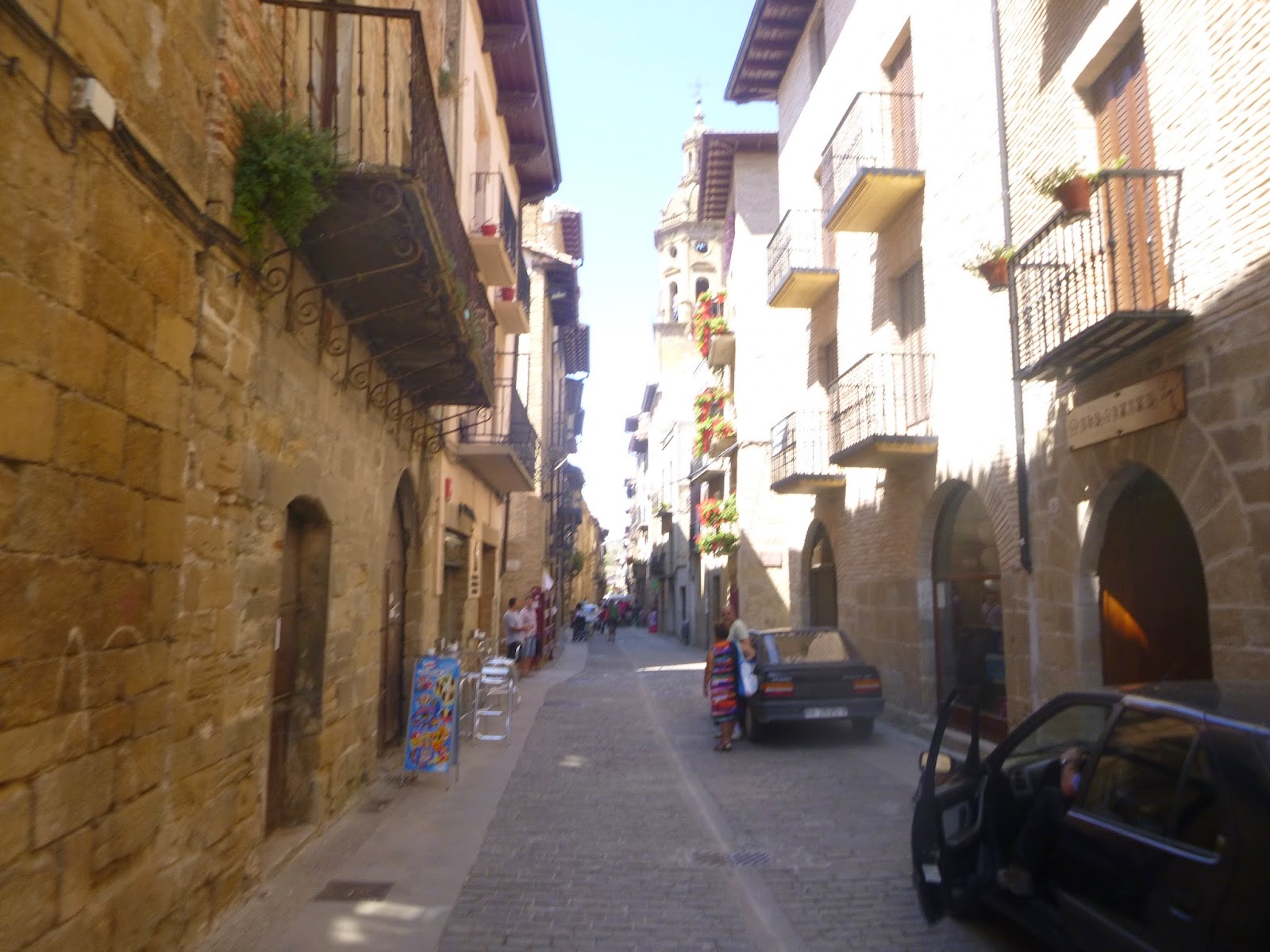























































































































































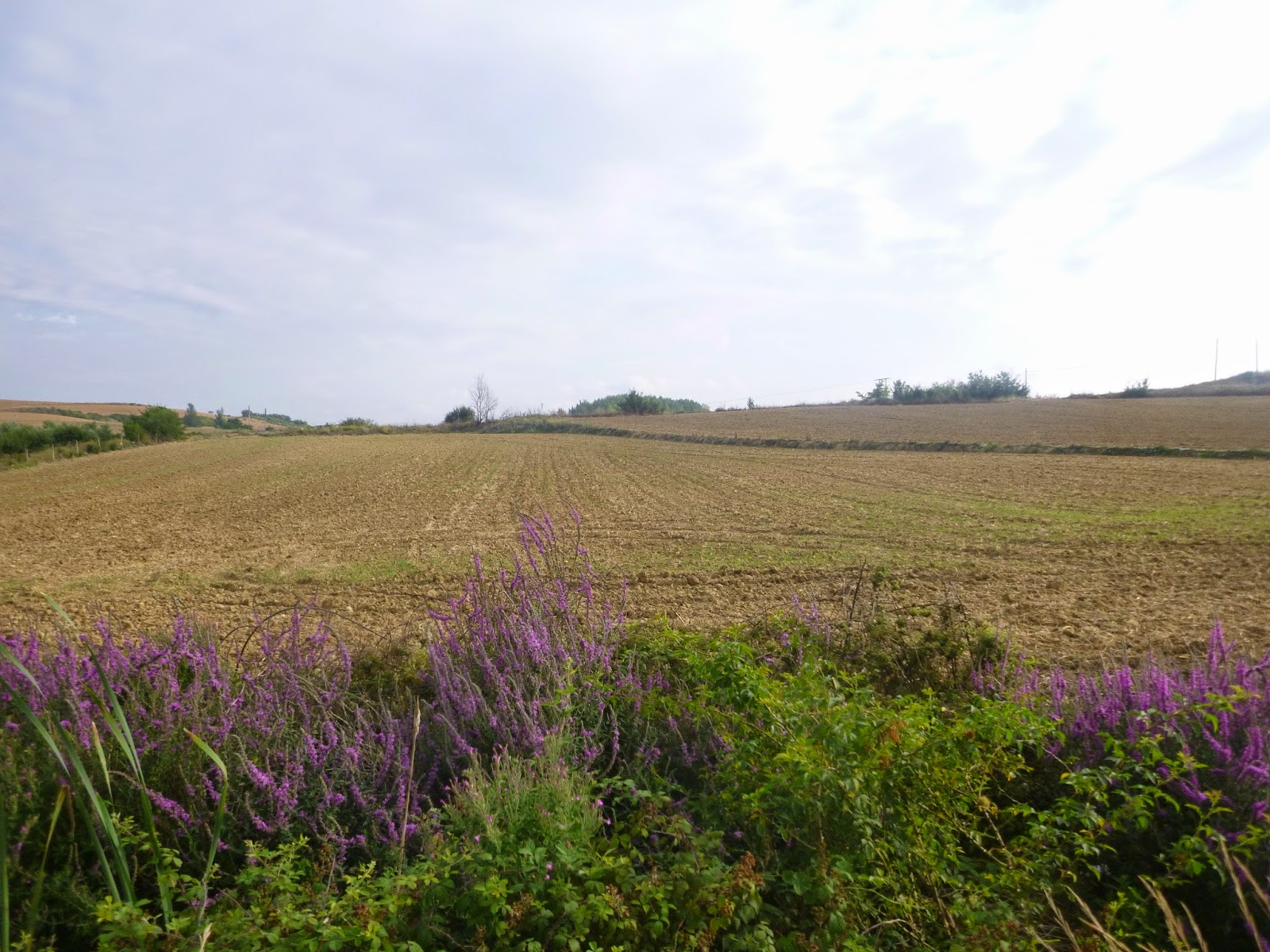





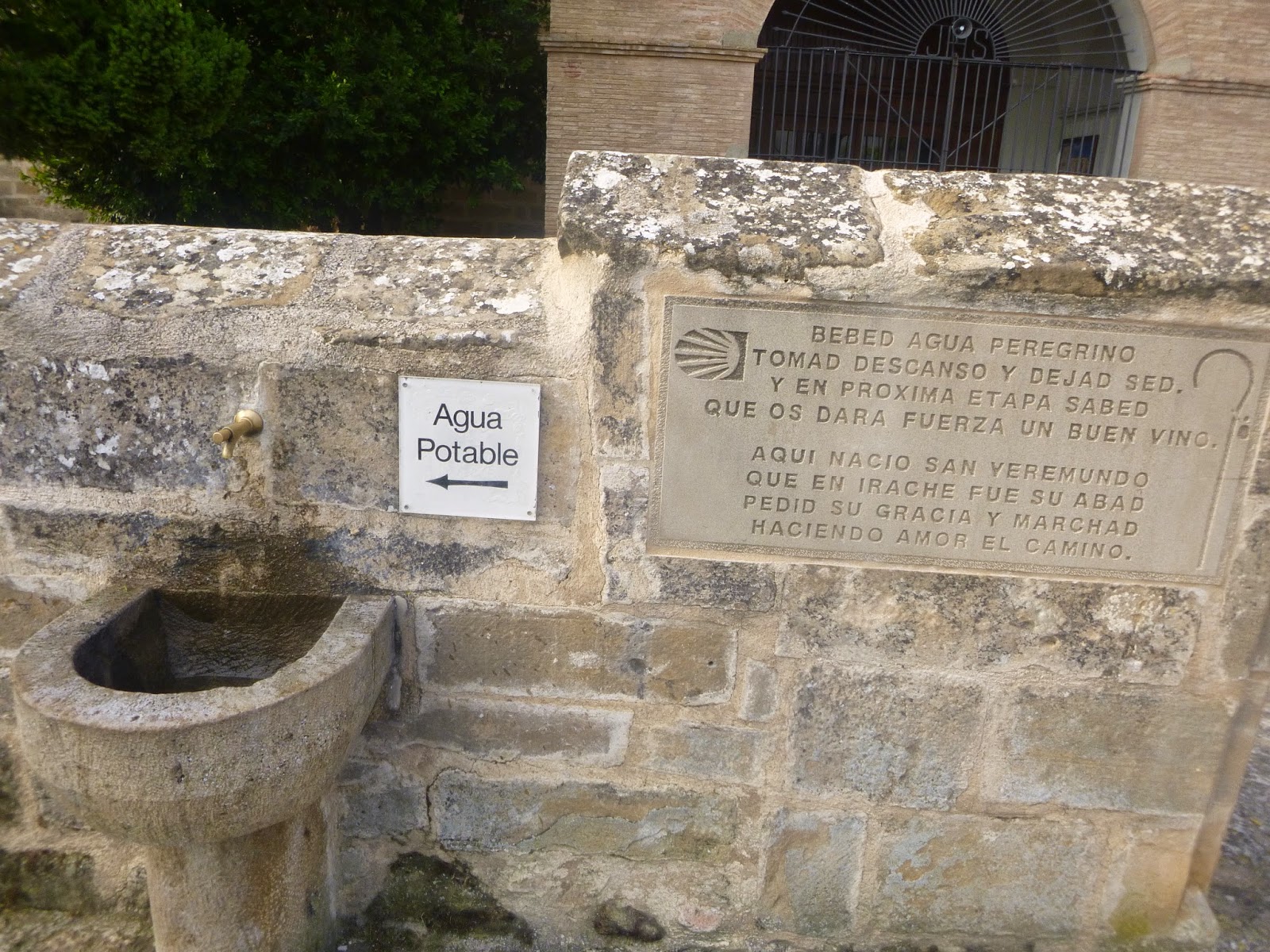






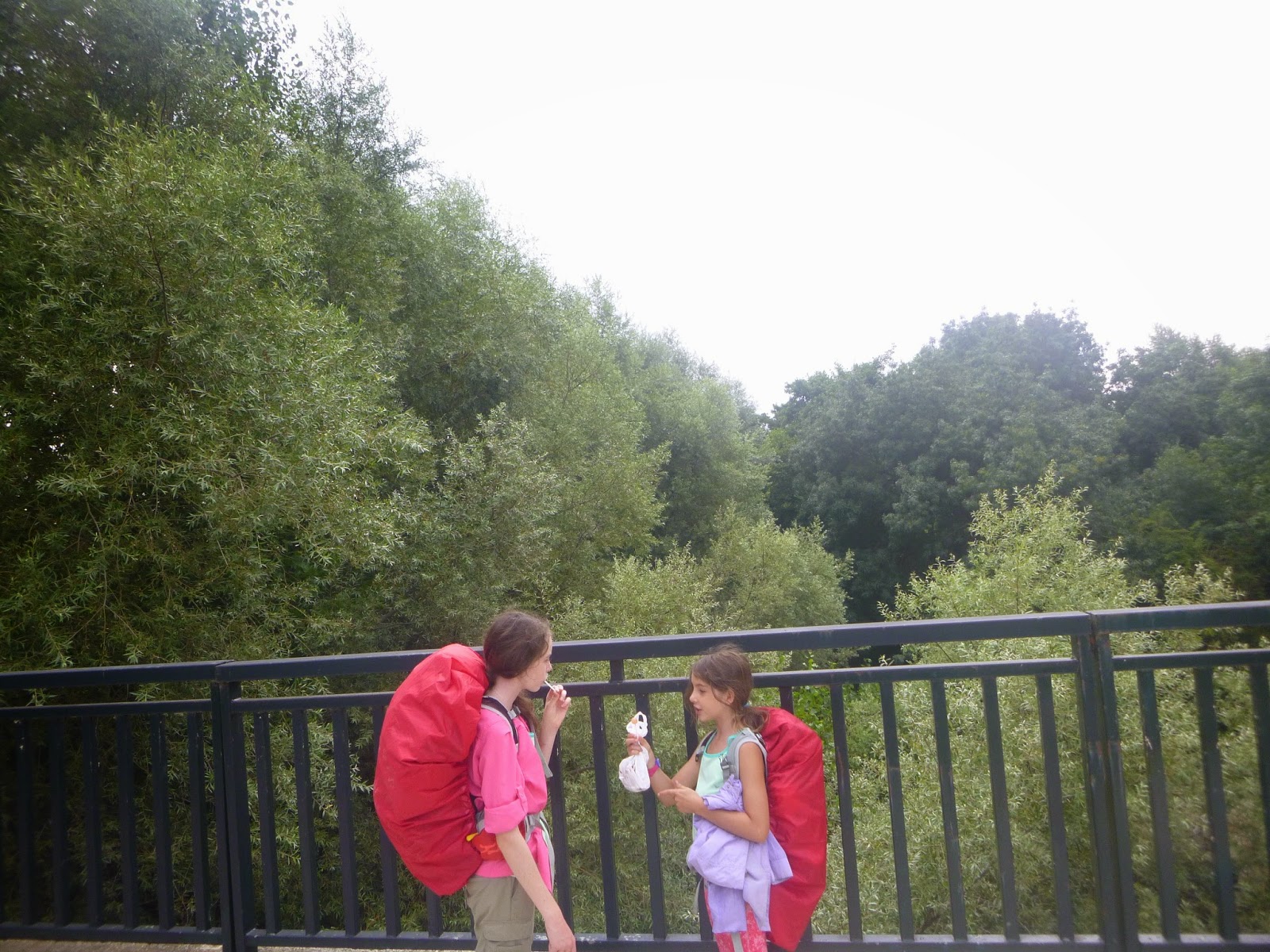



















































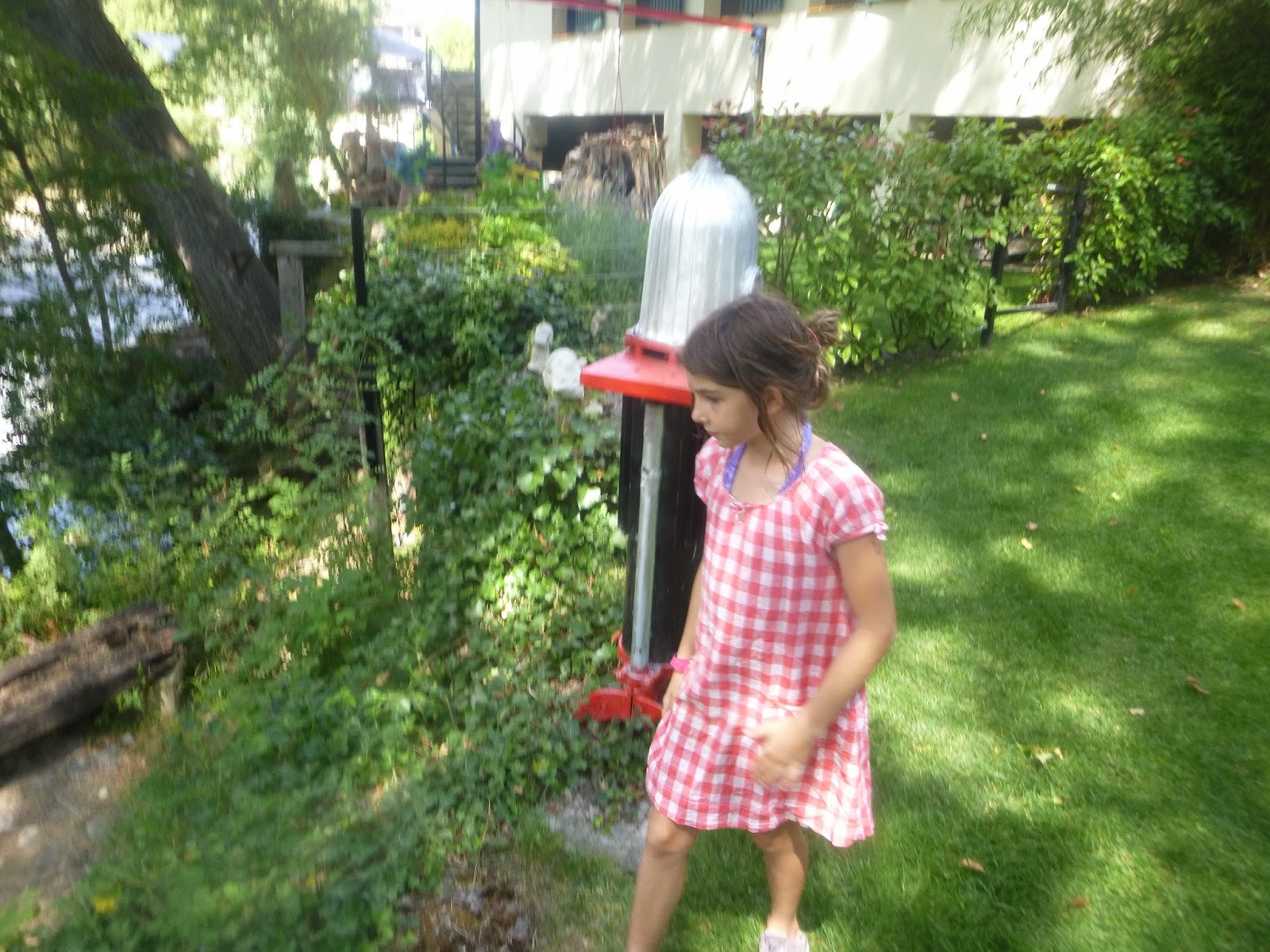












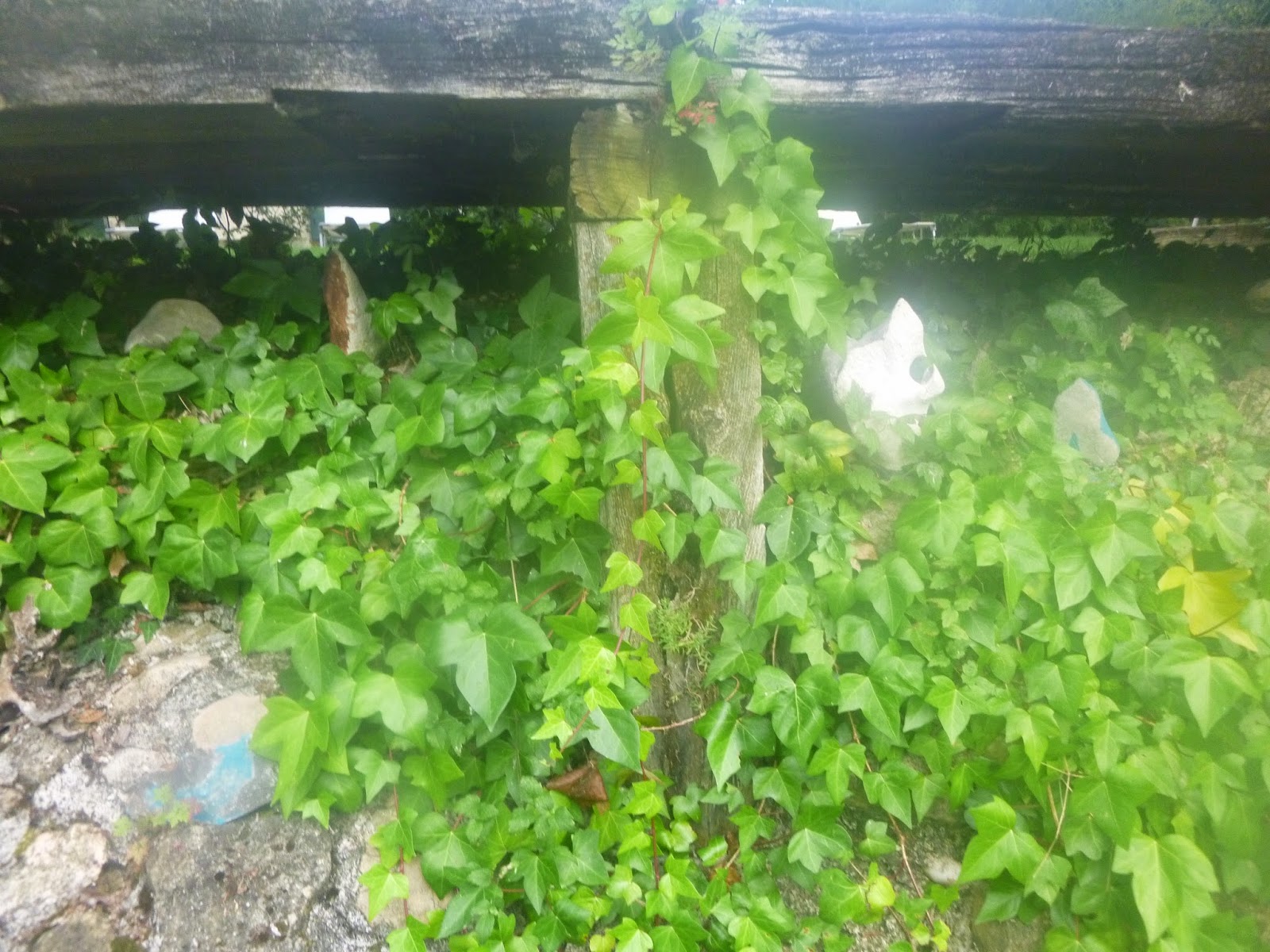





























































































































































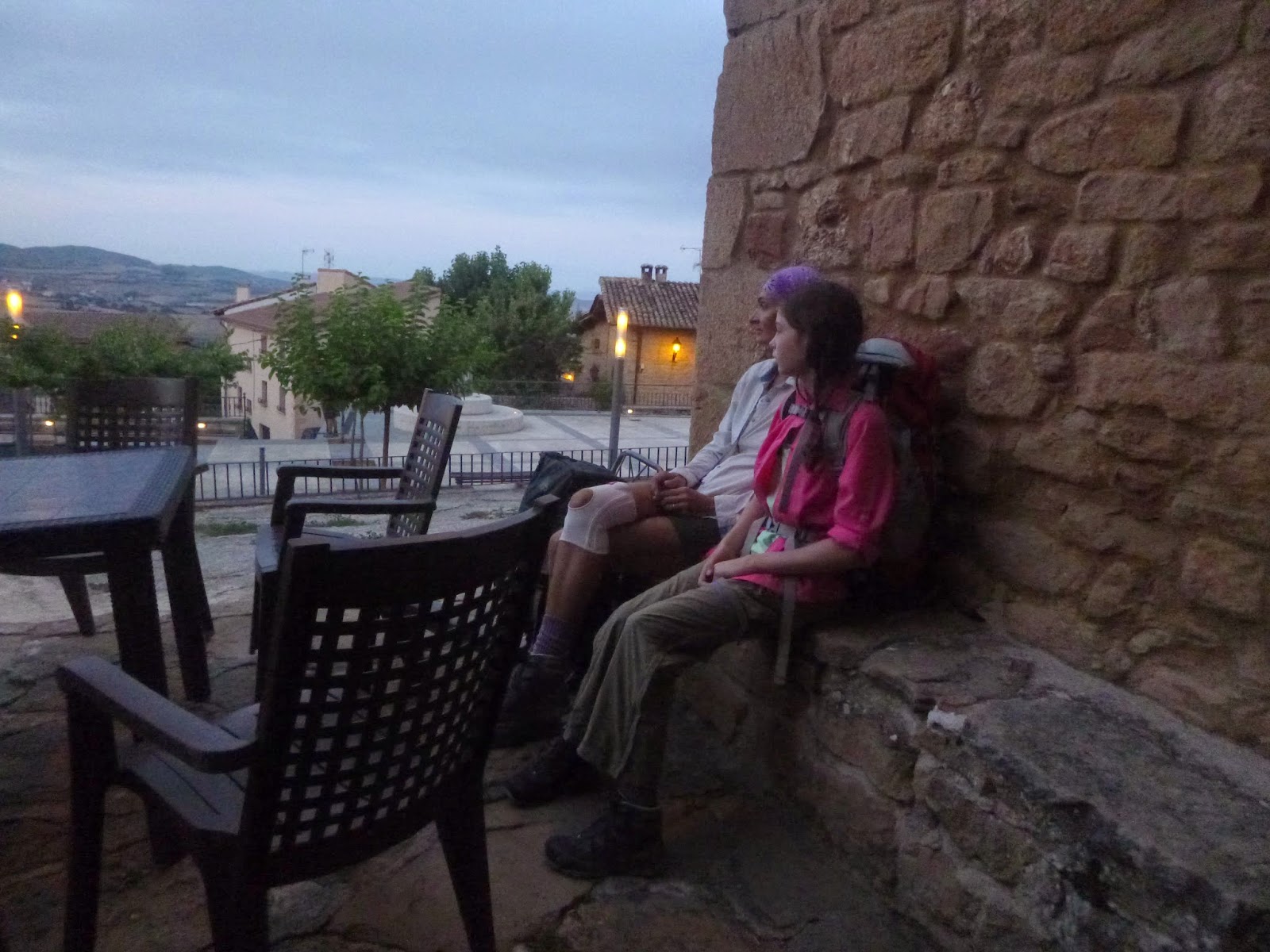












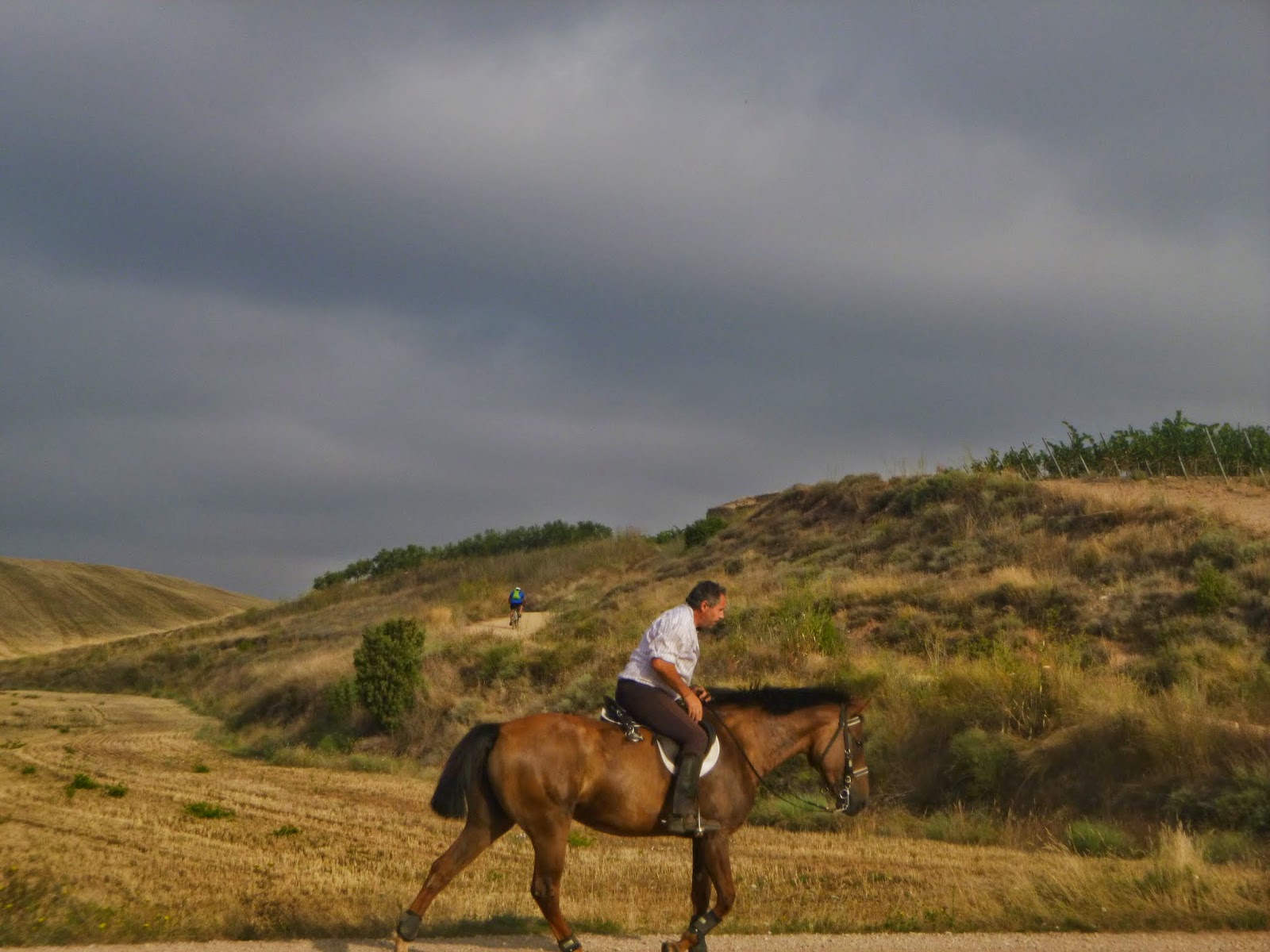






























































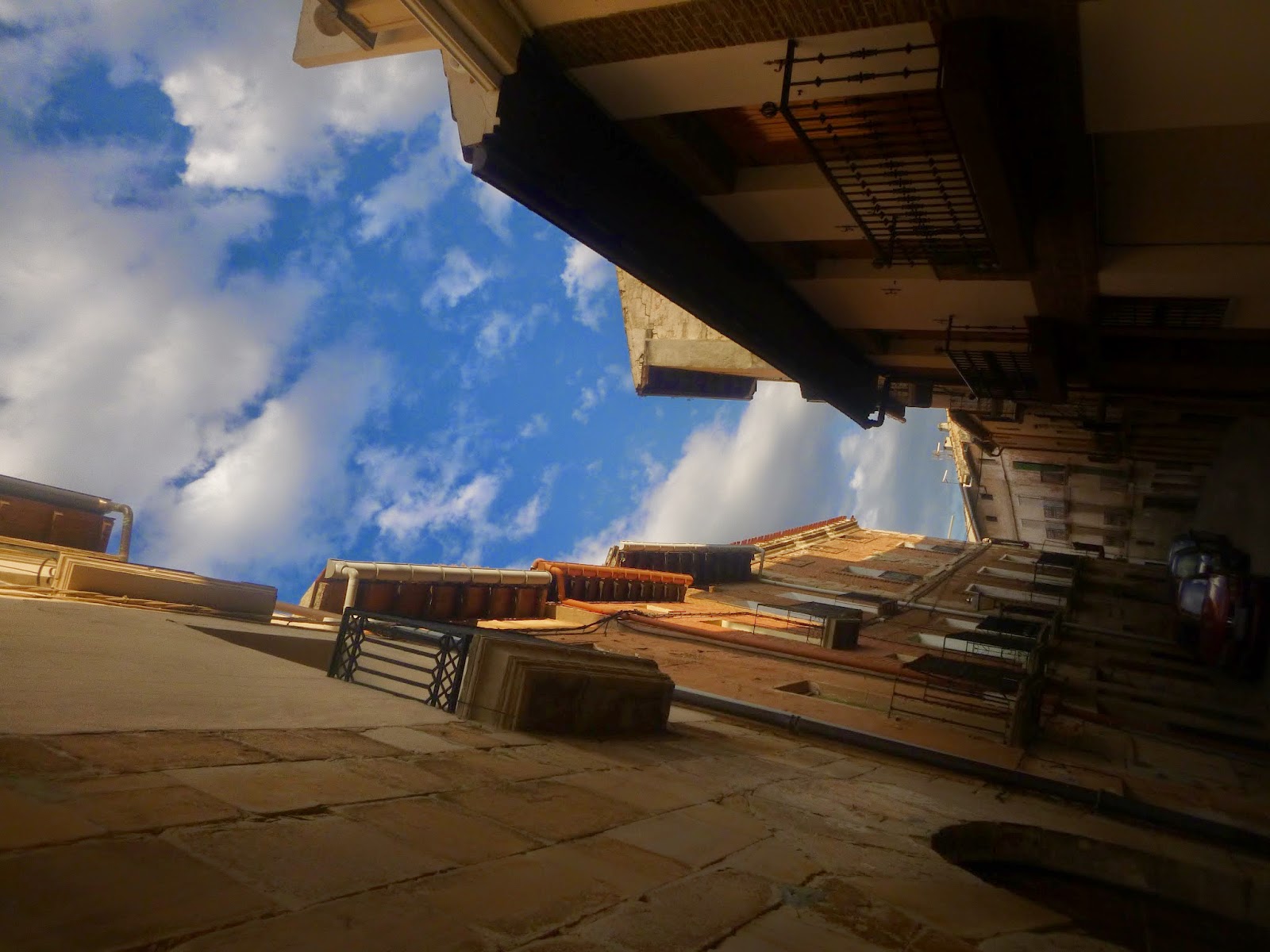




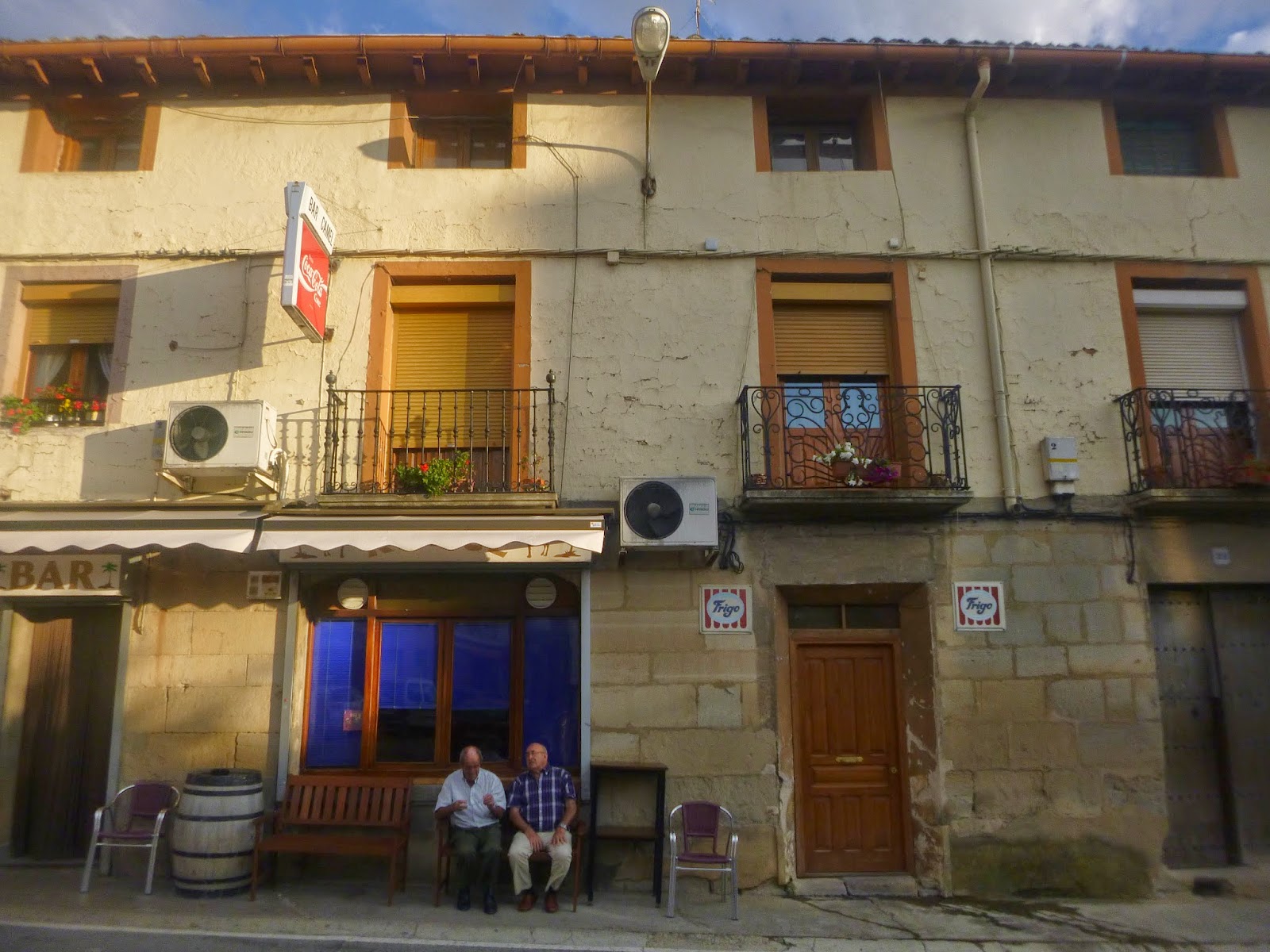





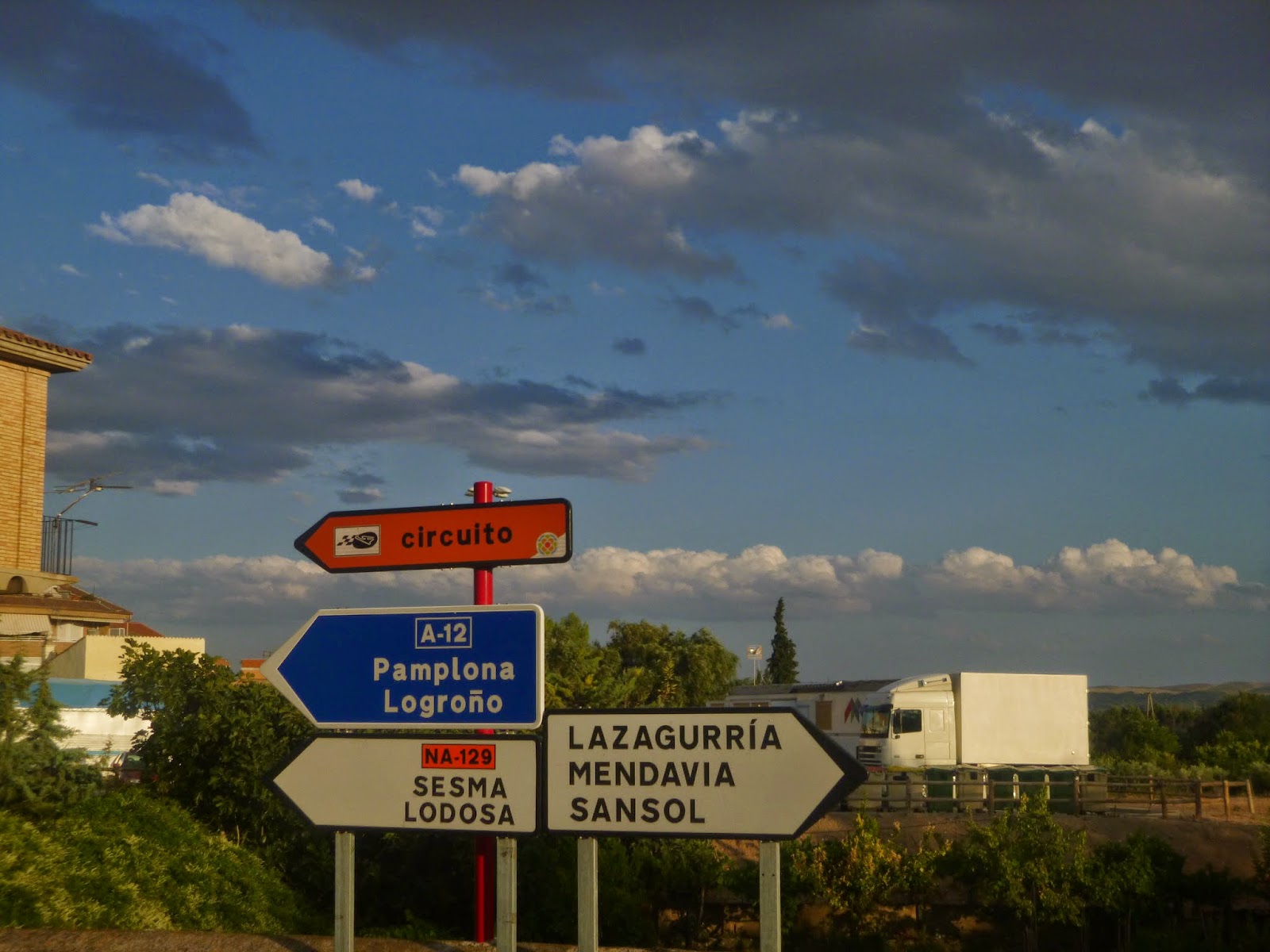
































































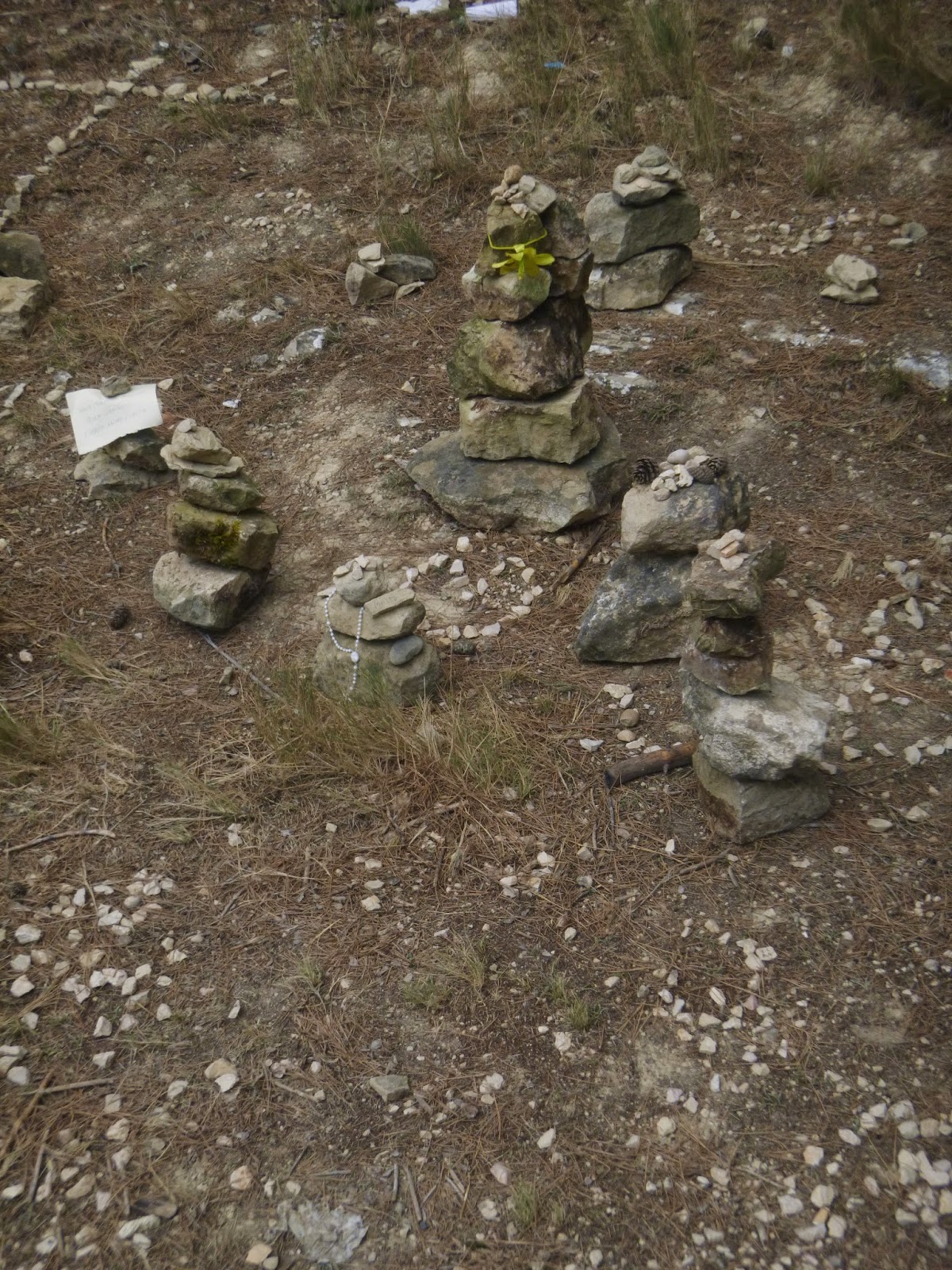






























































































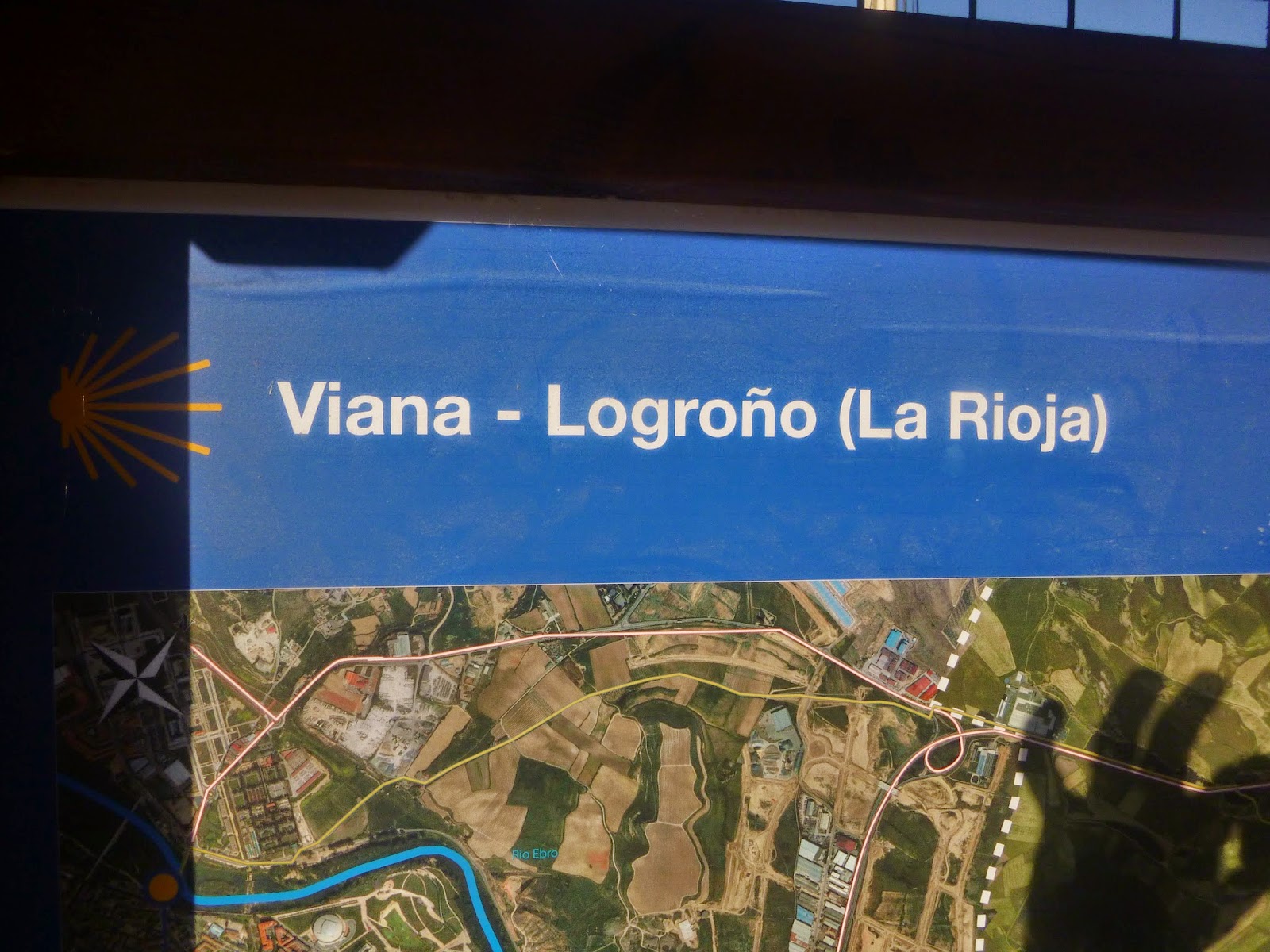








































No comments:
Post a Comment